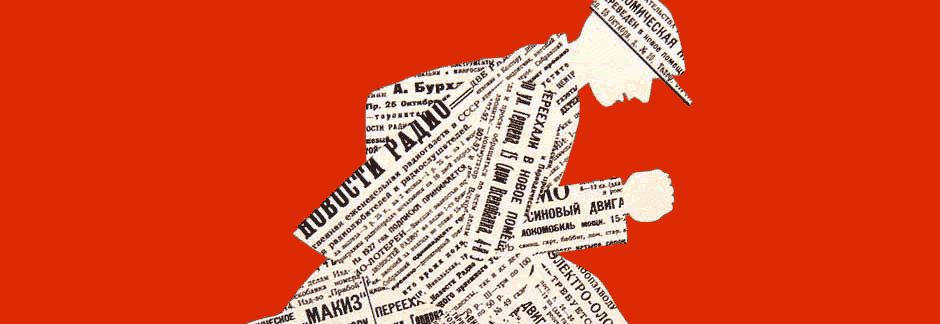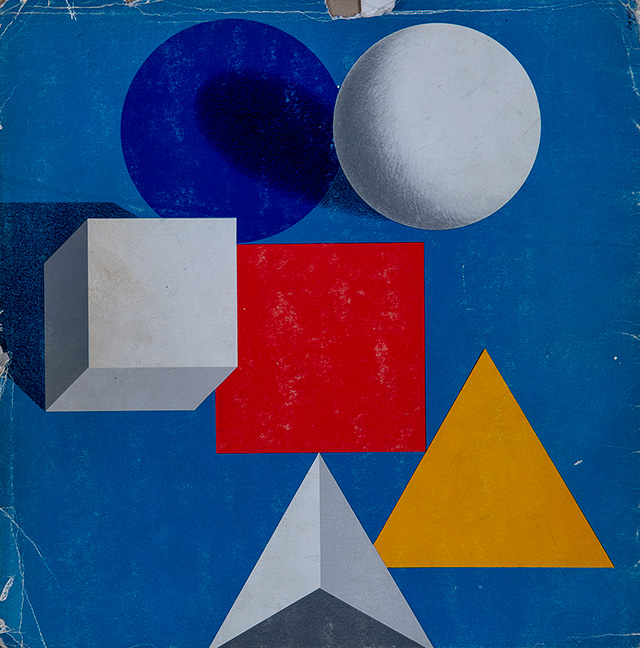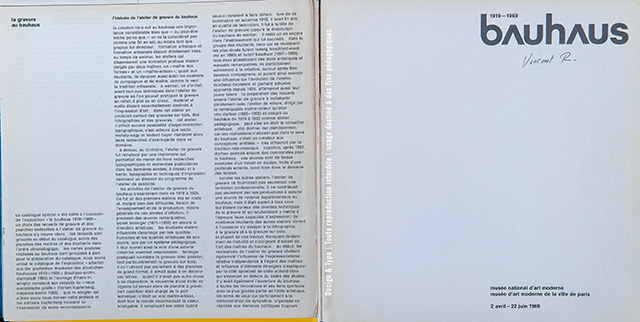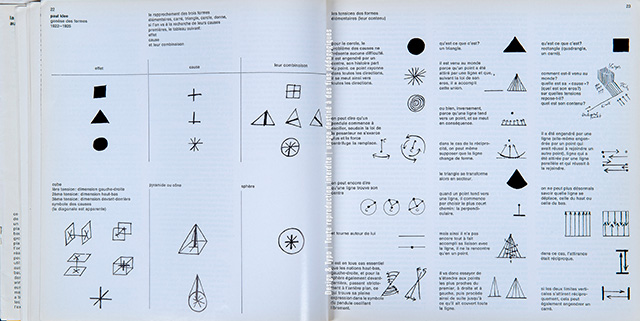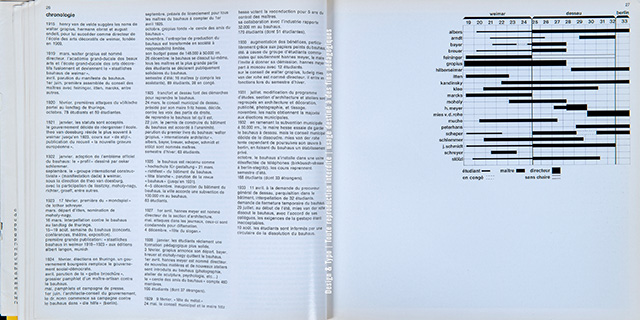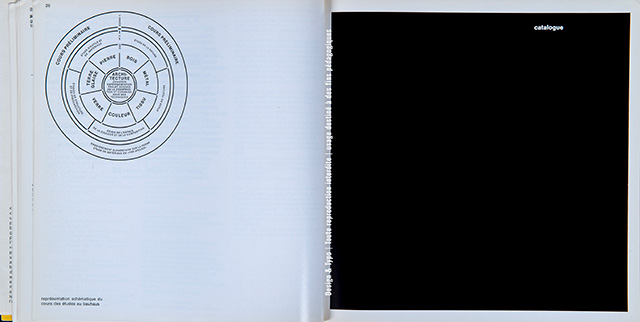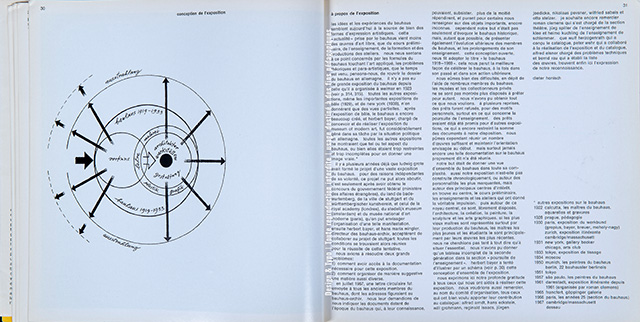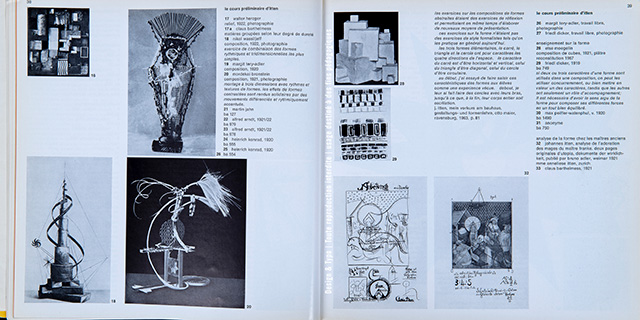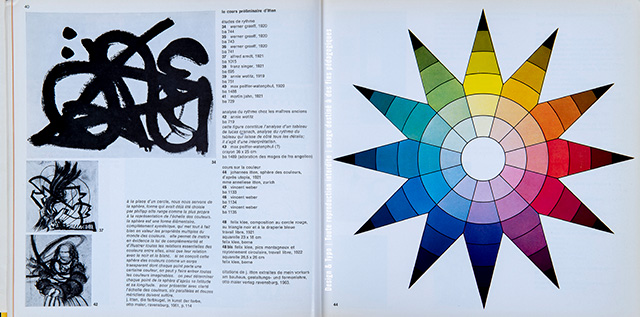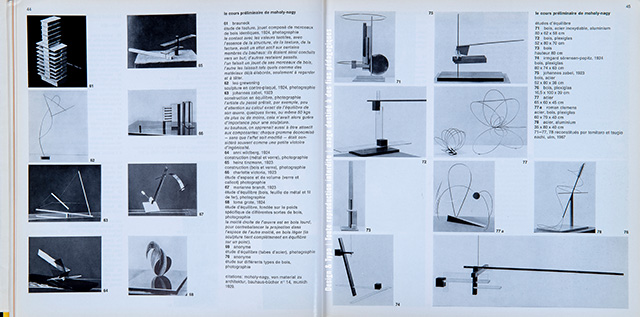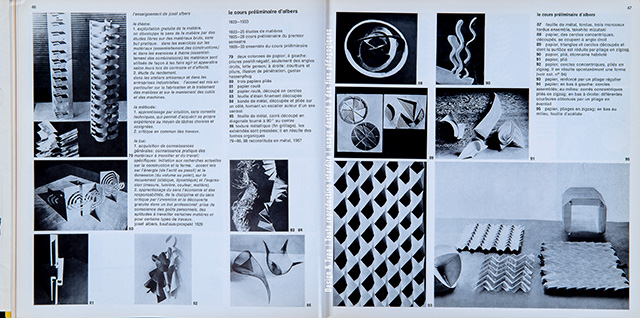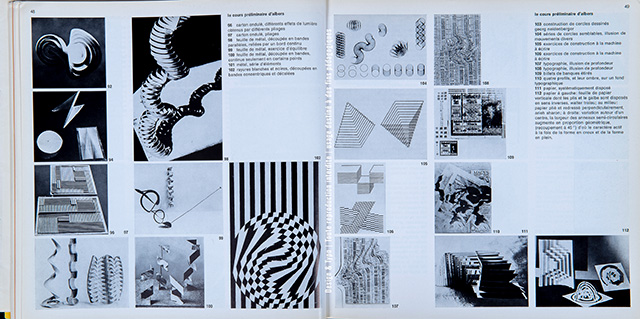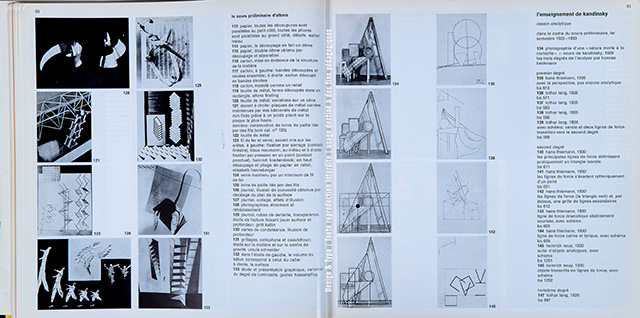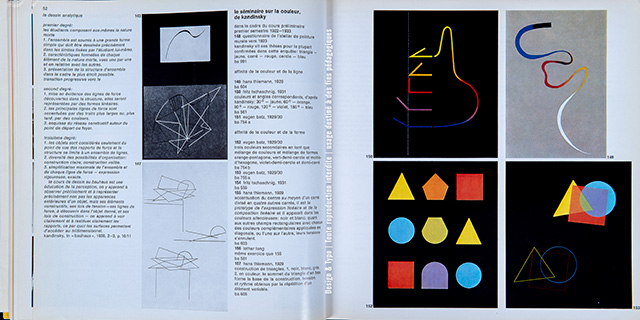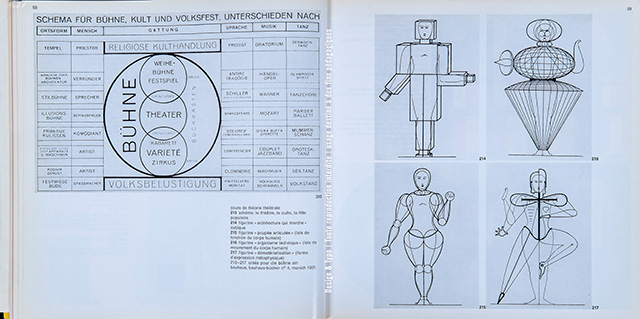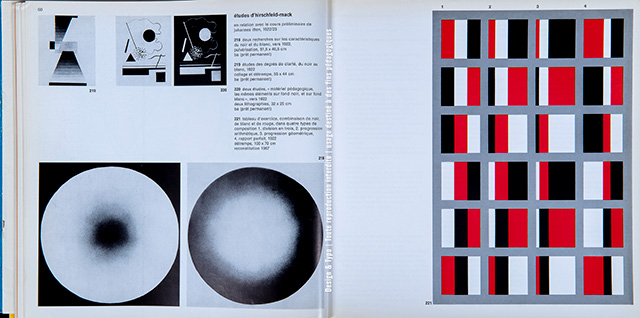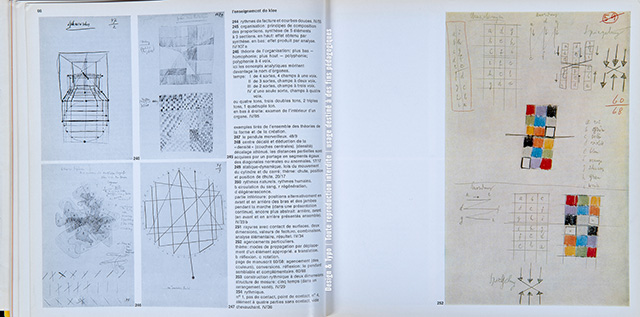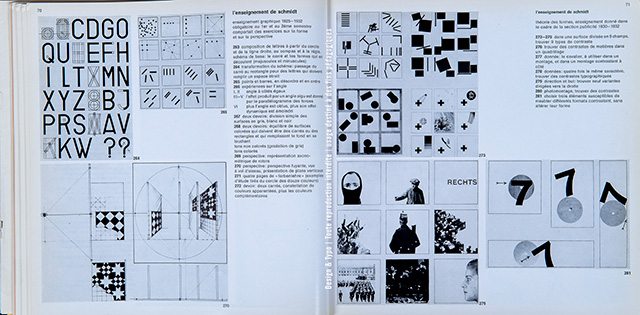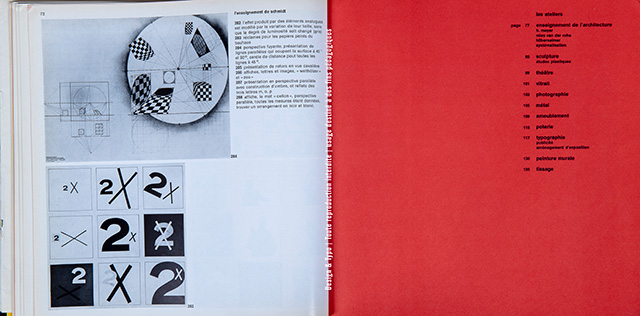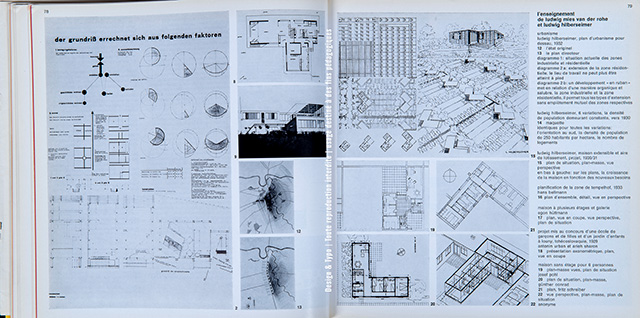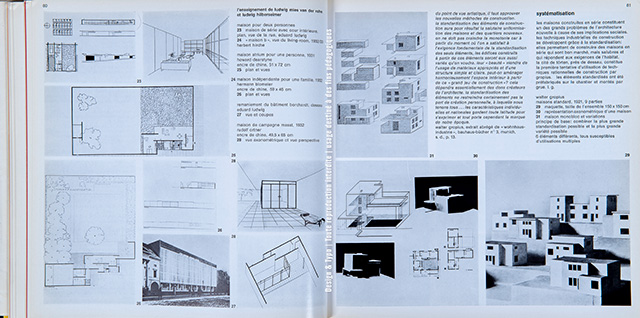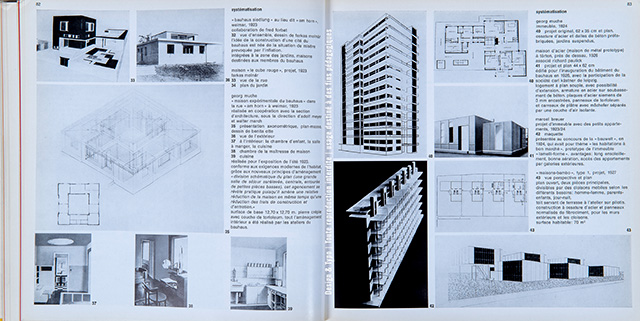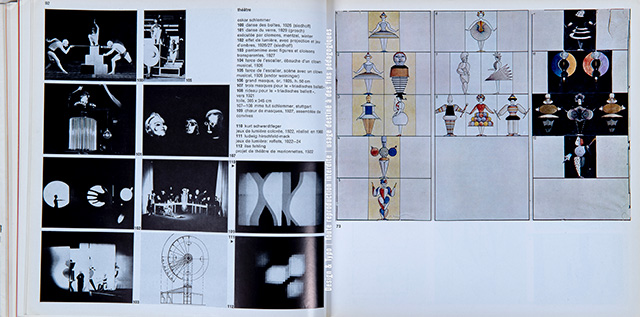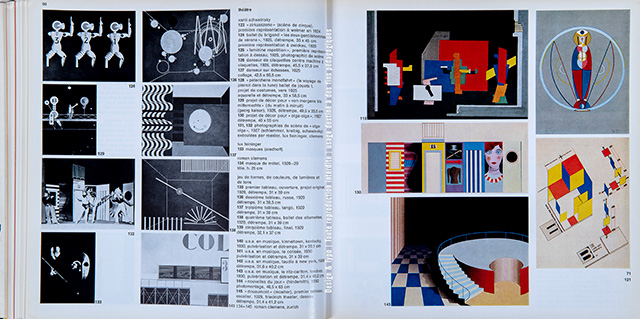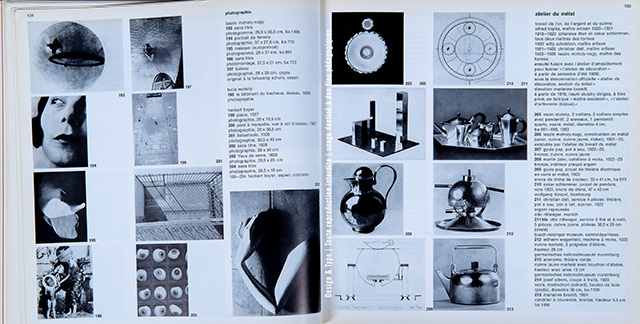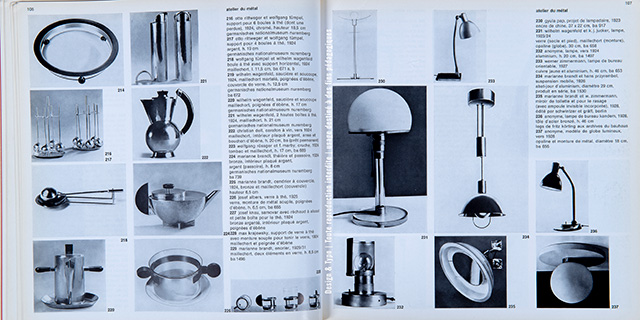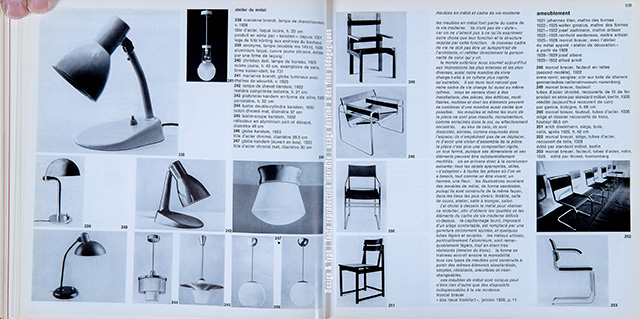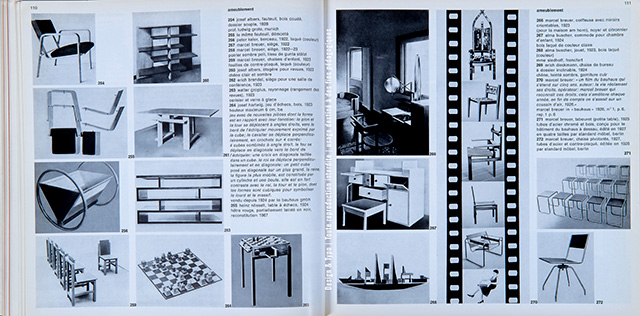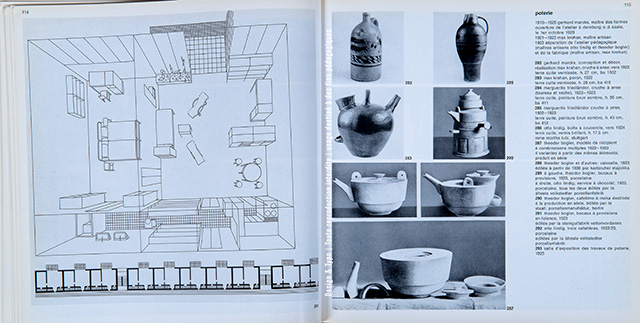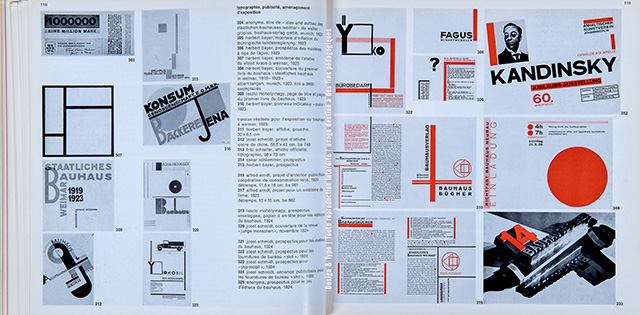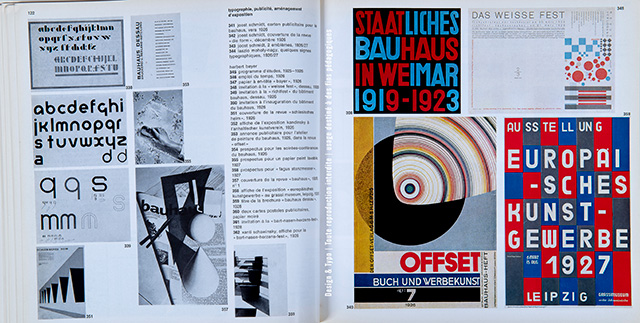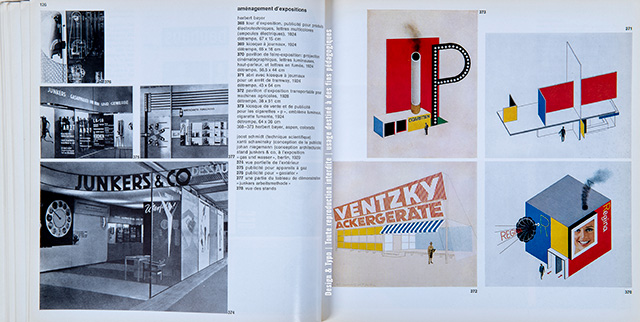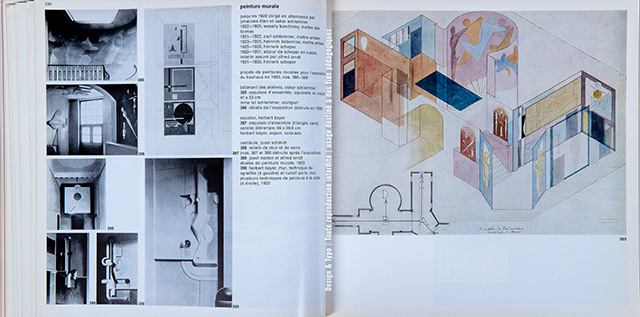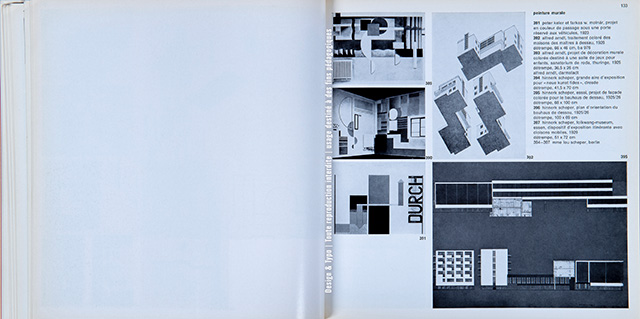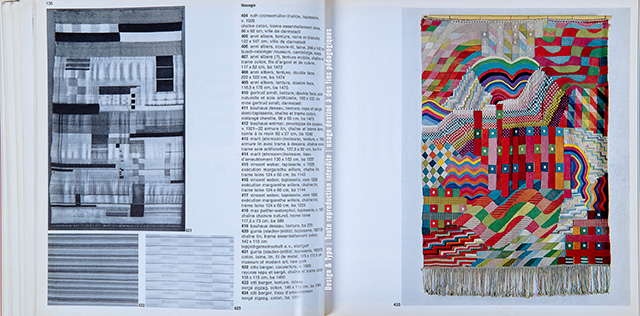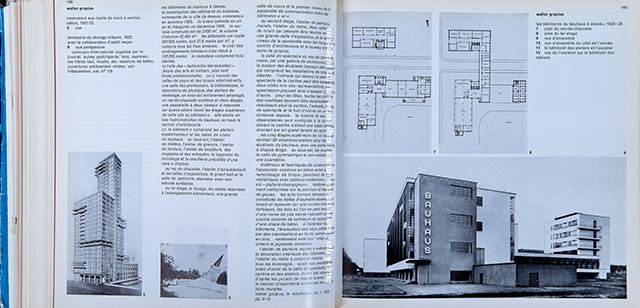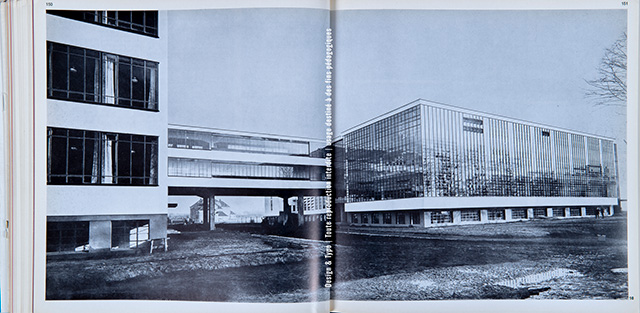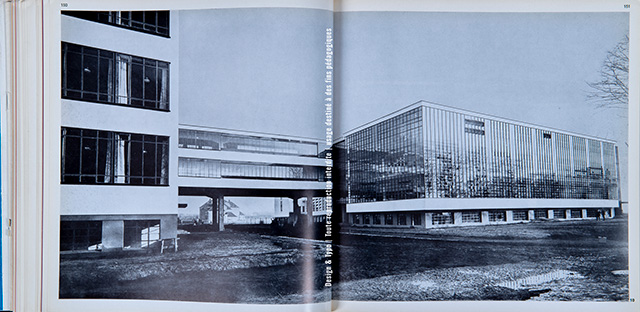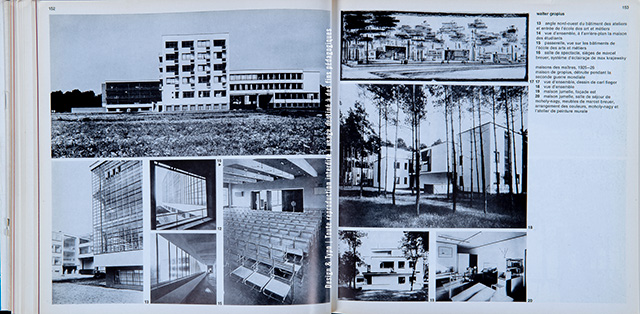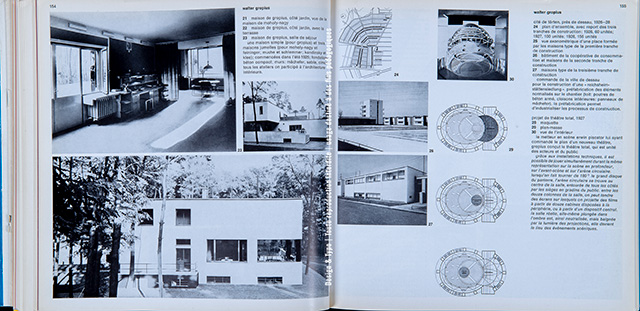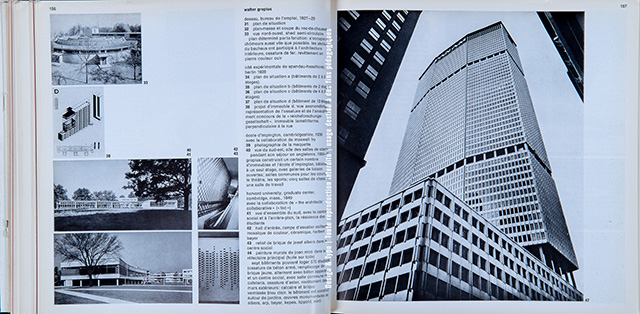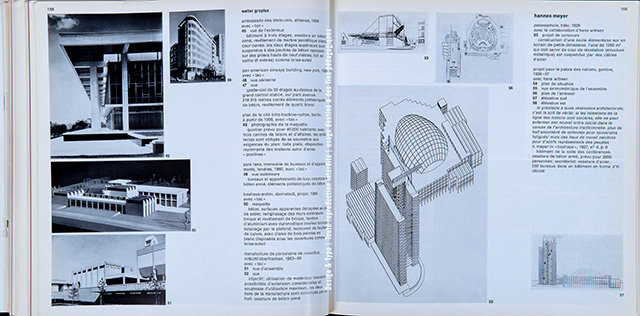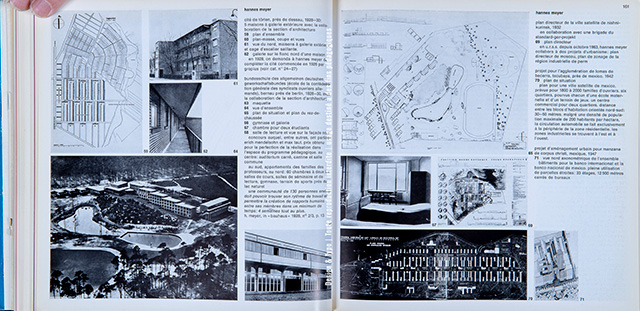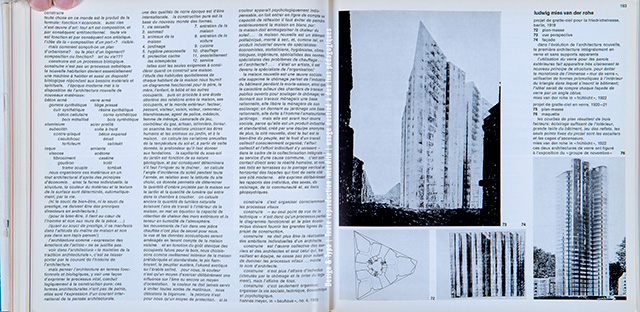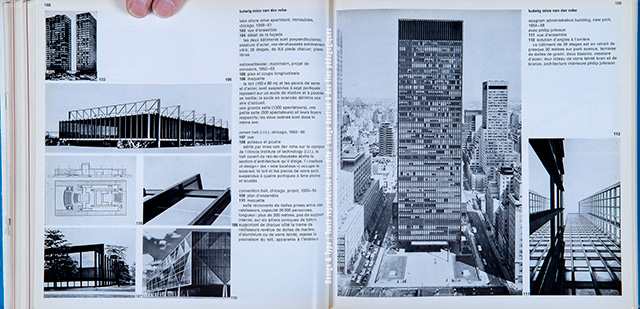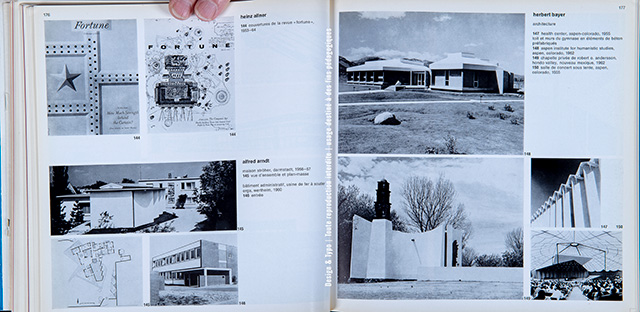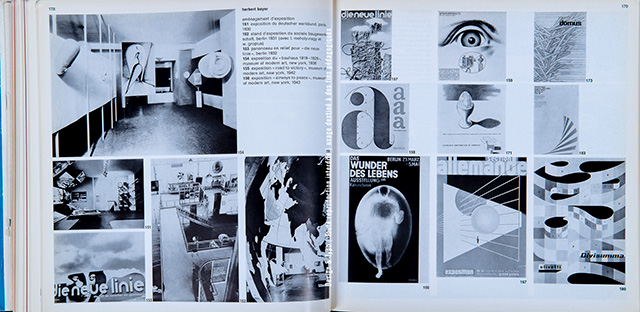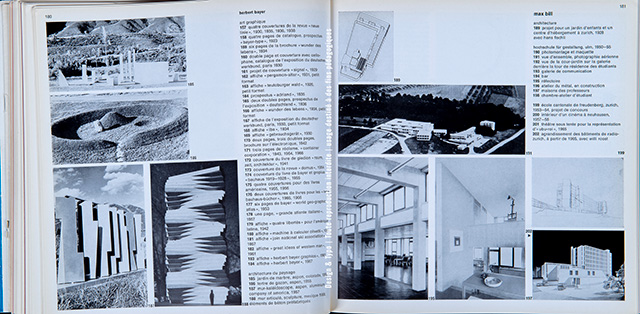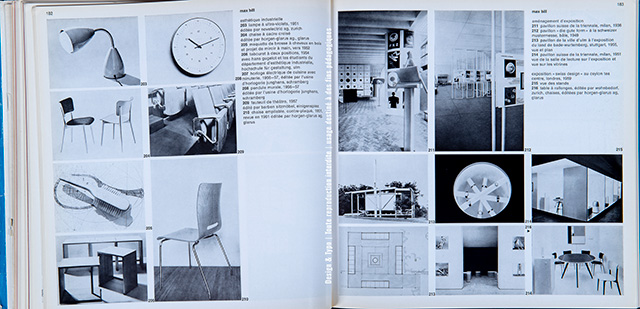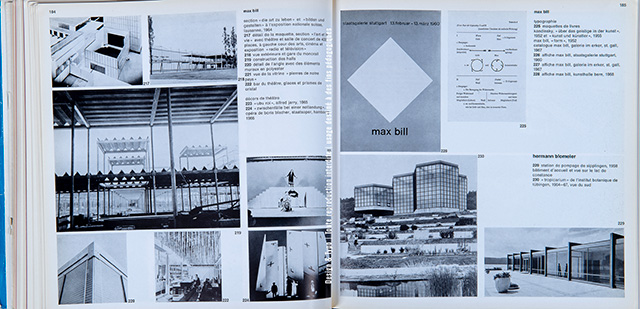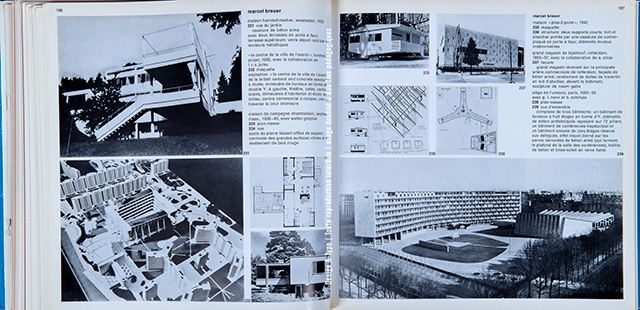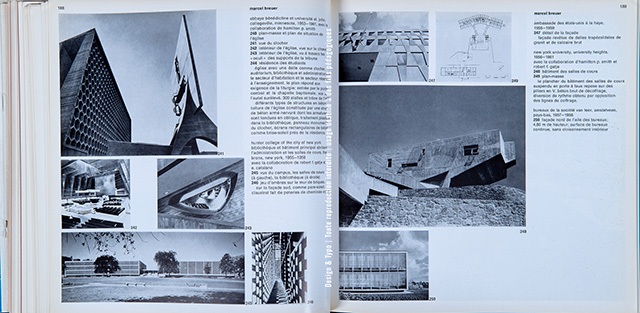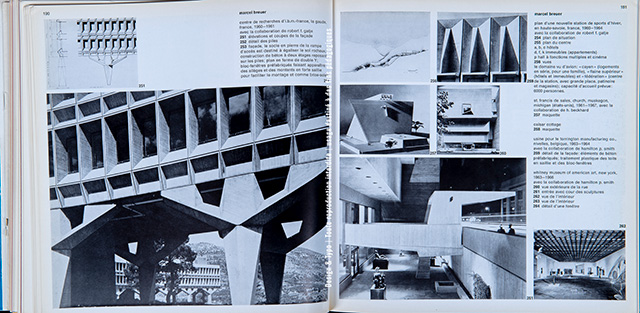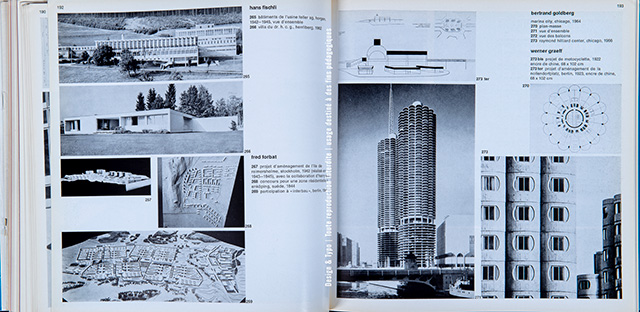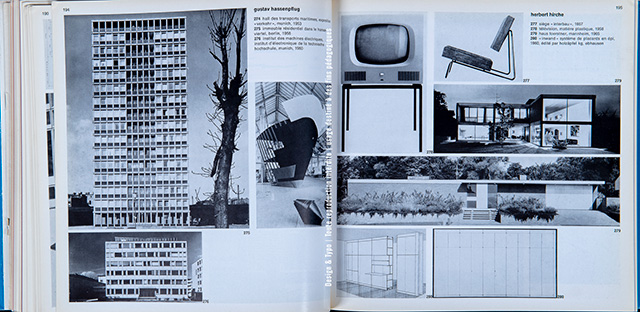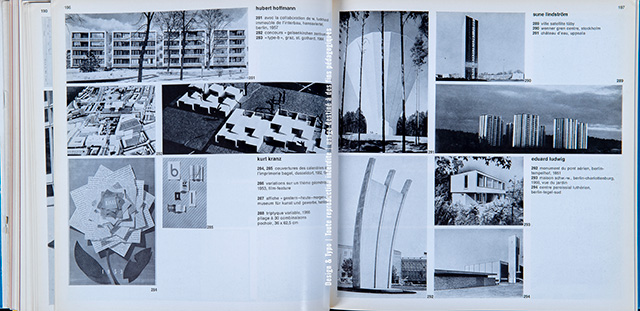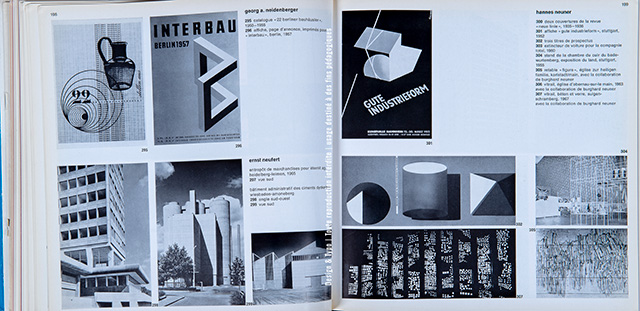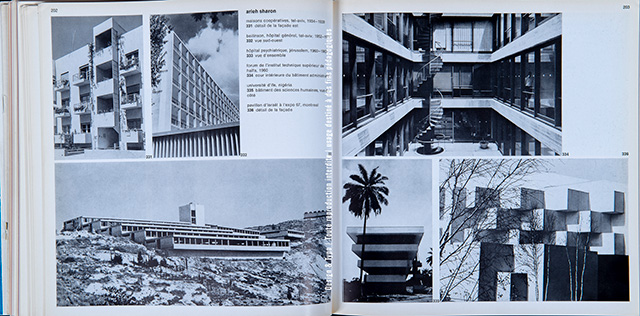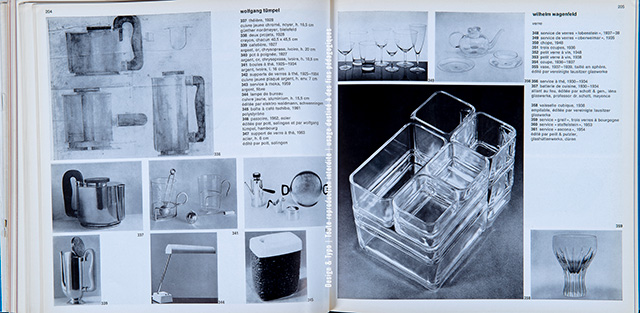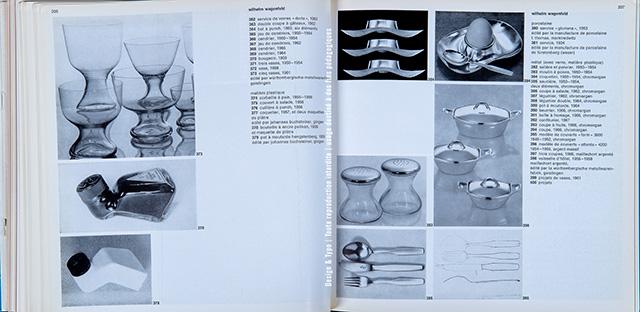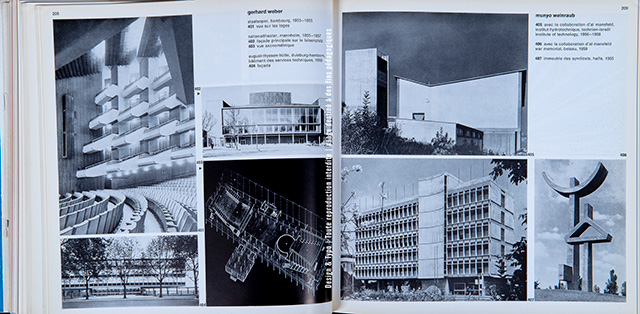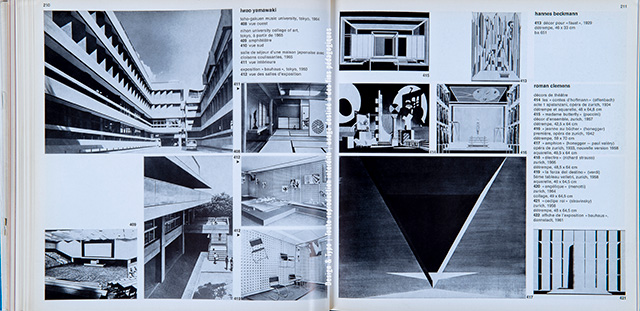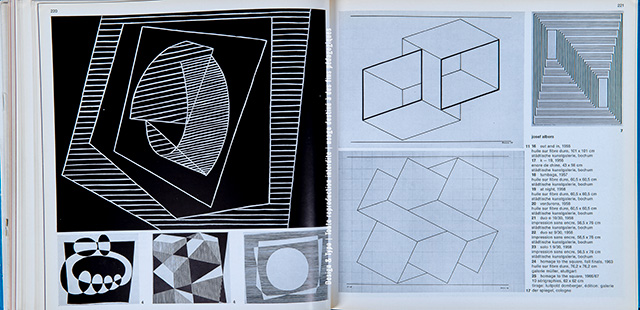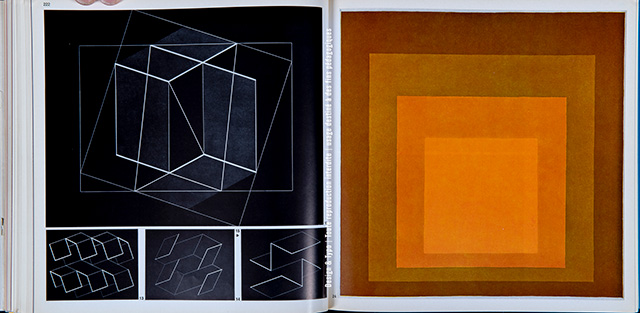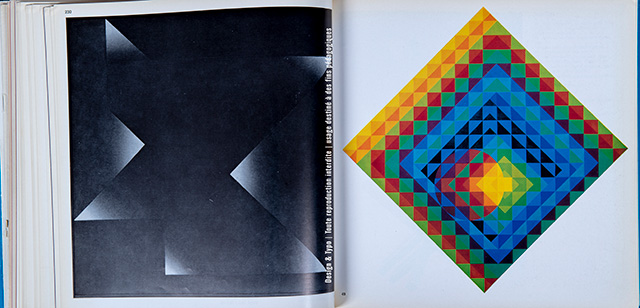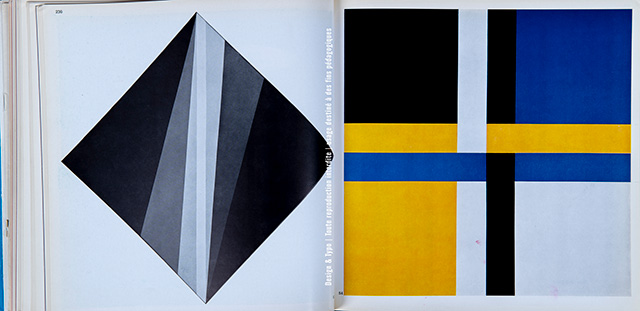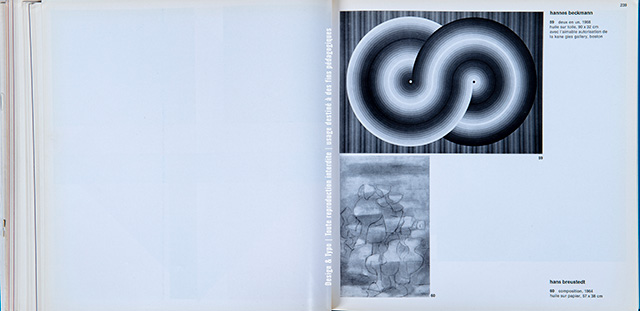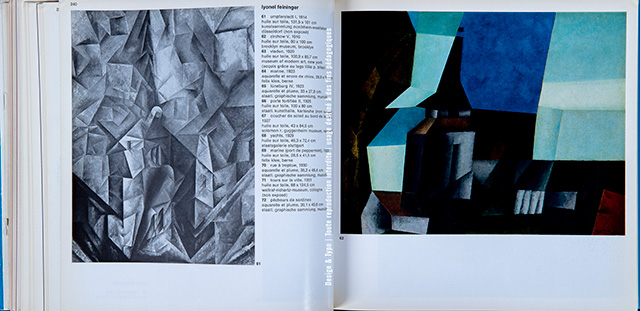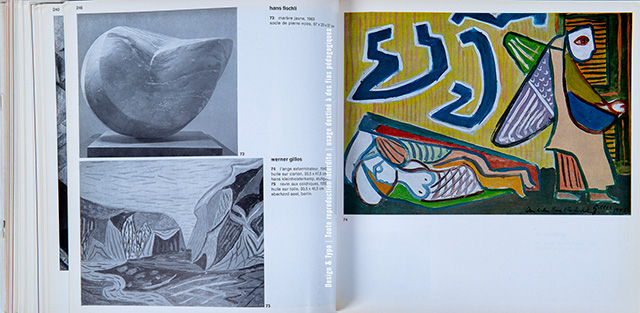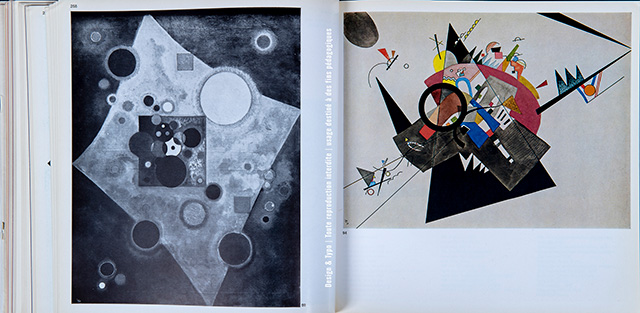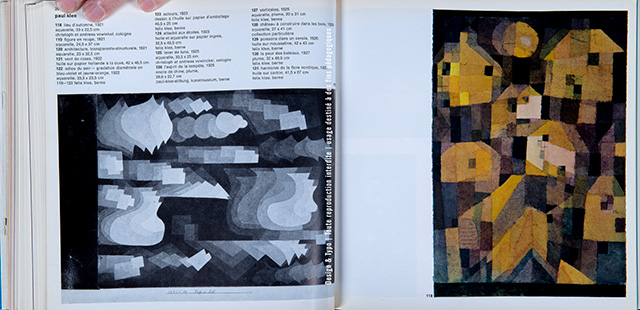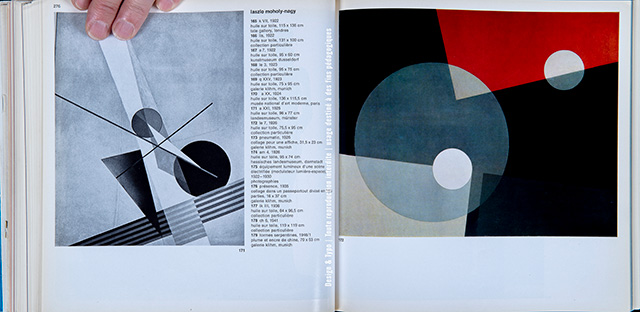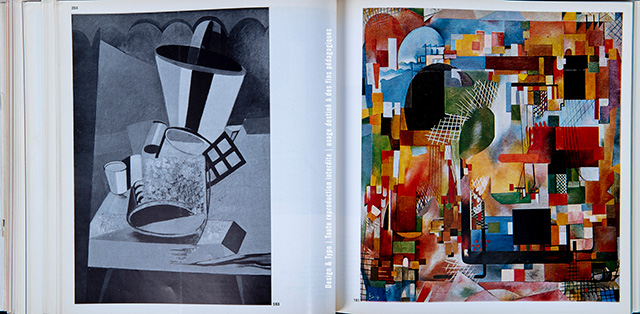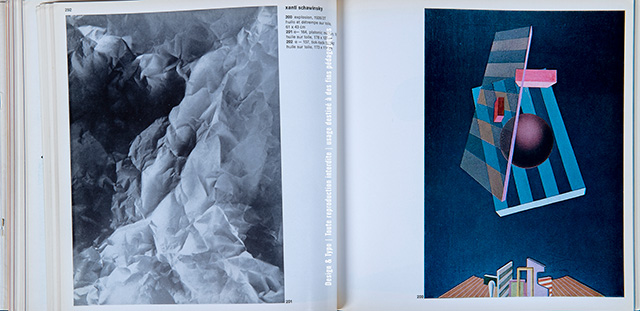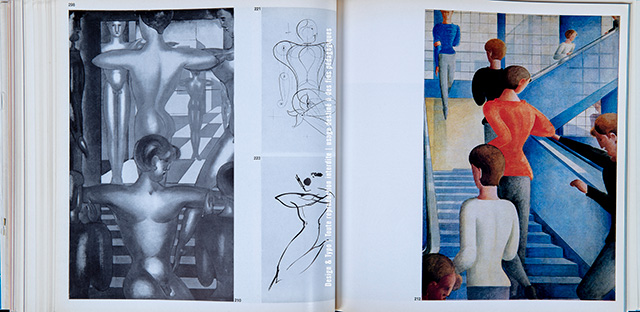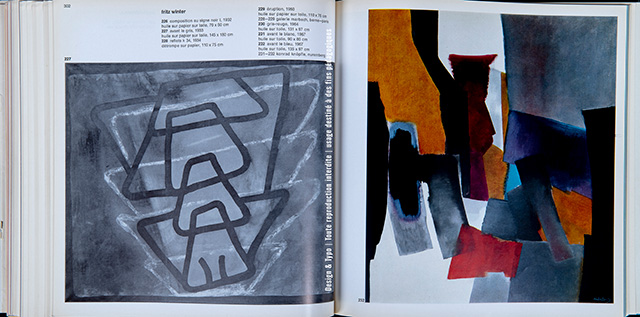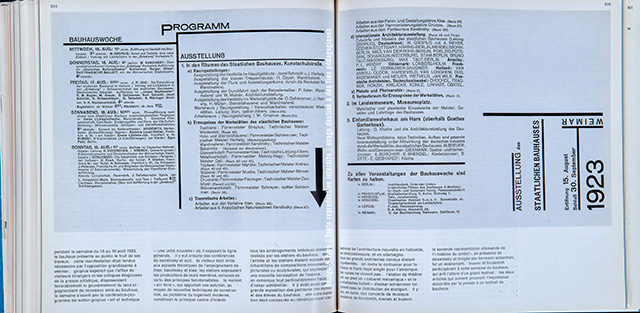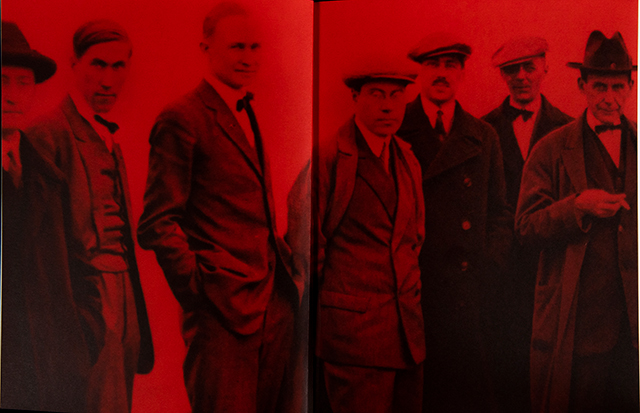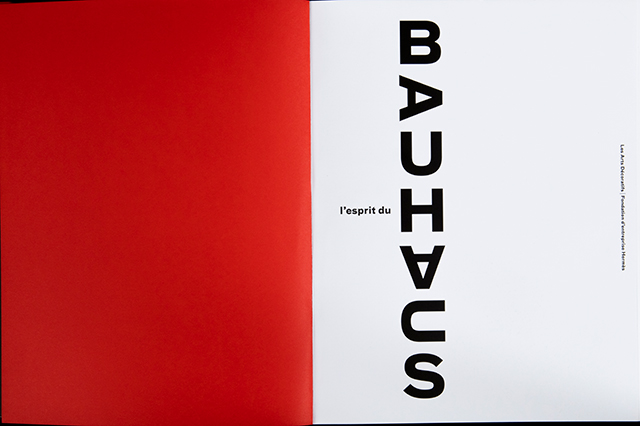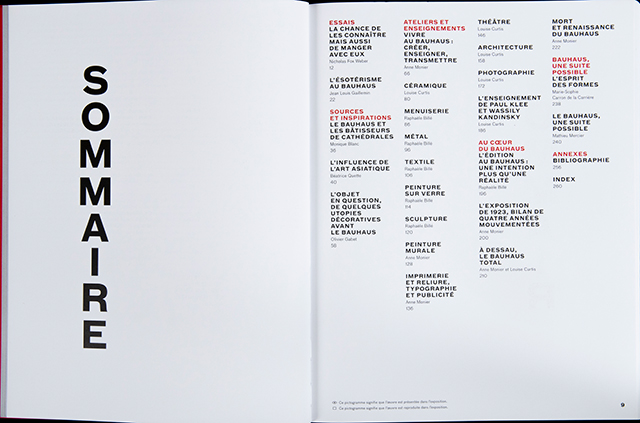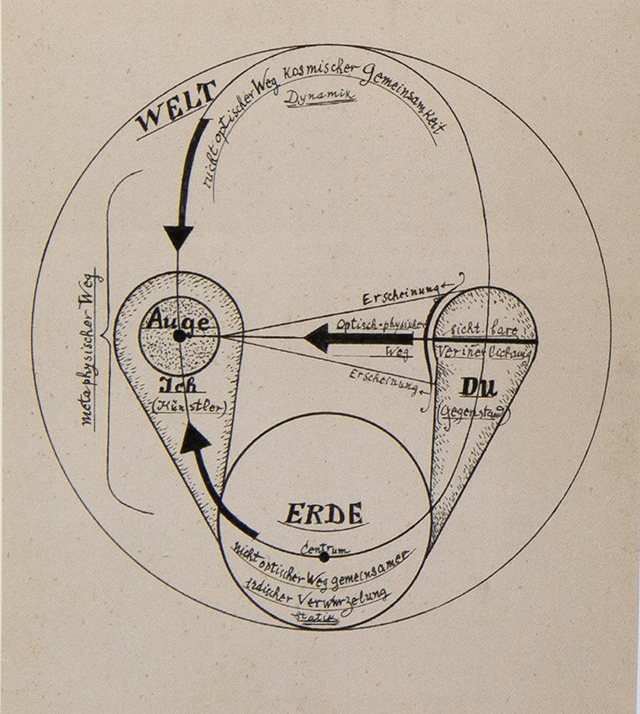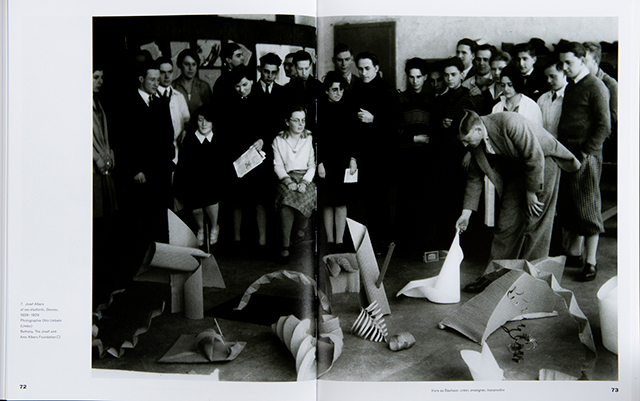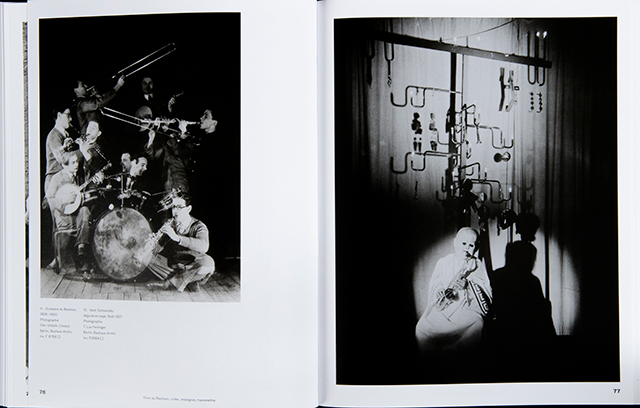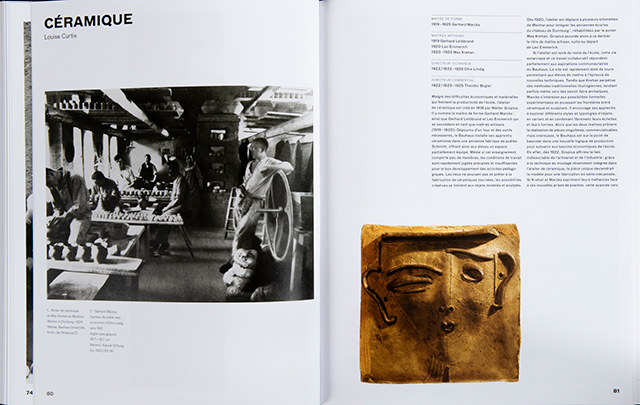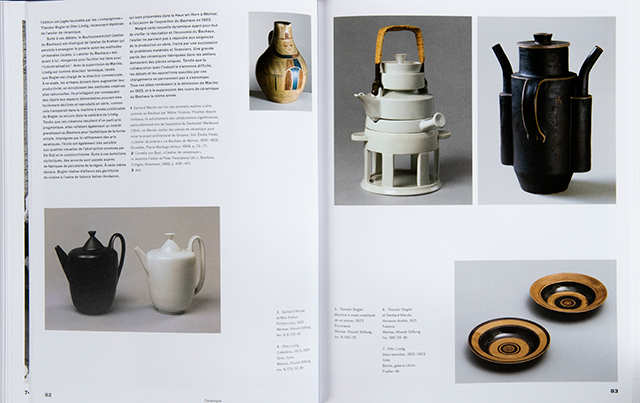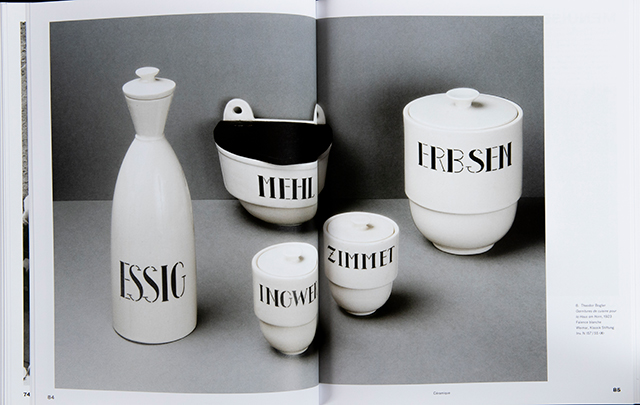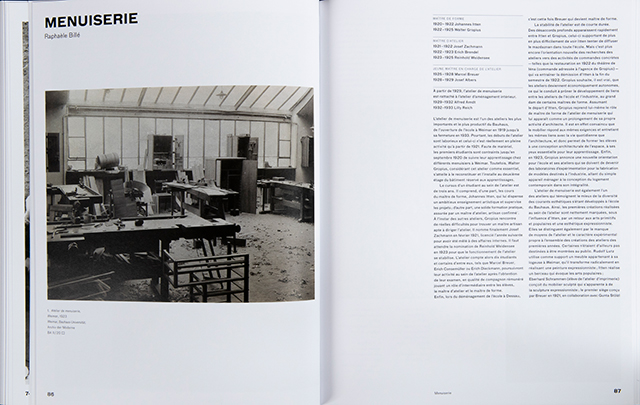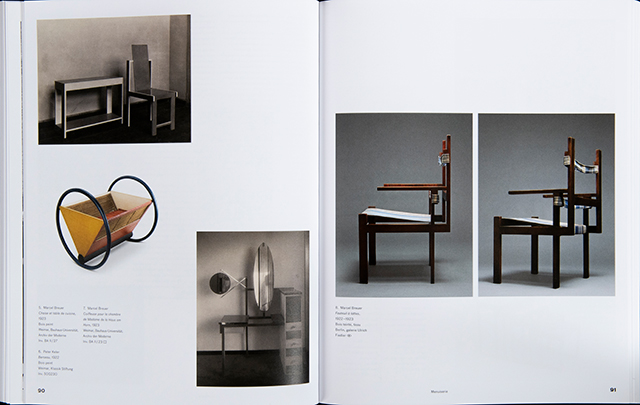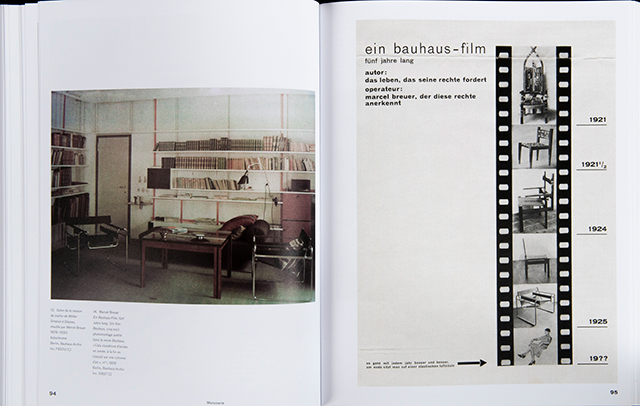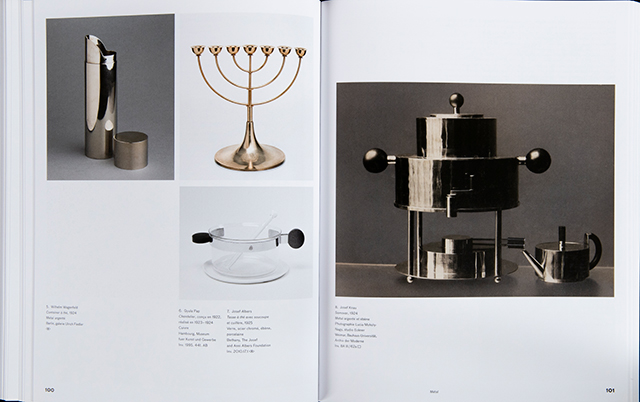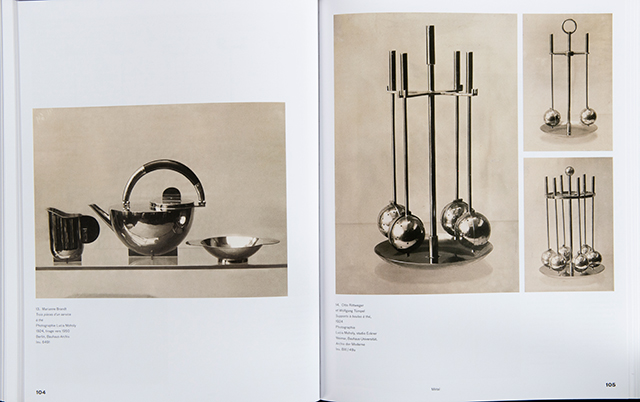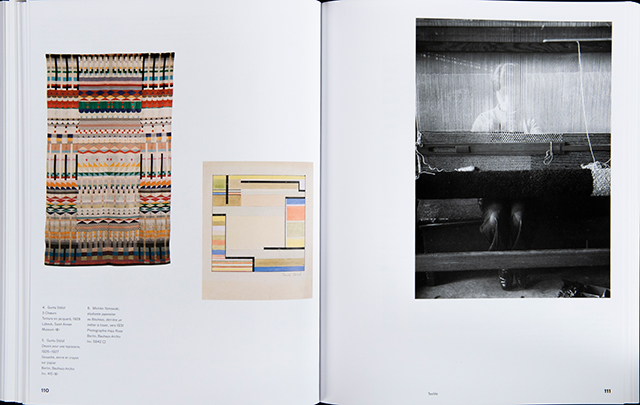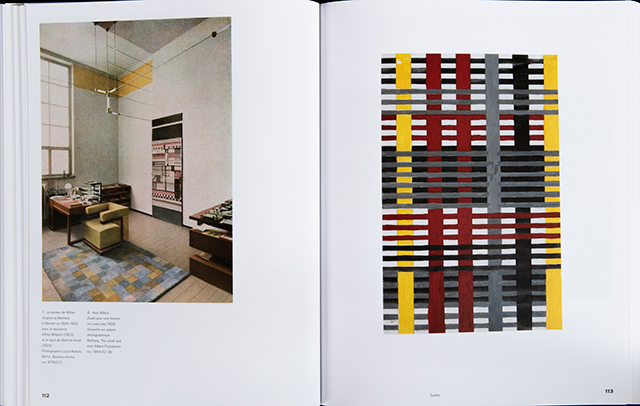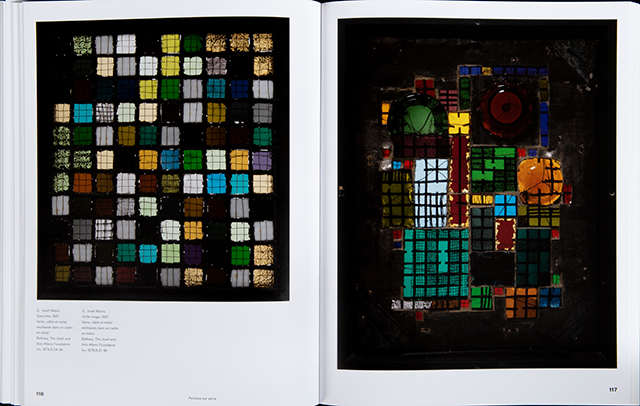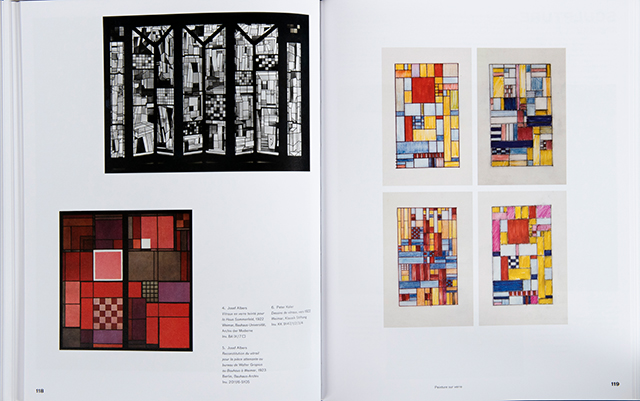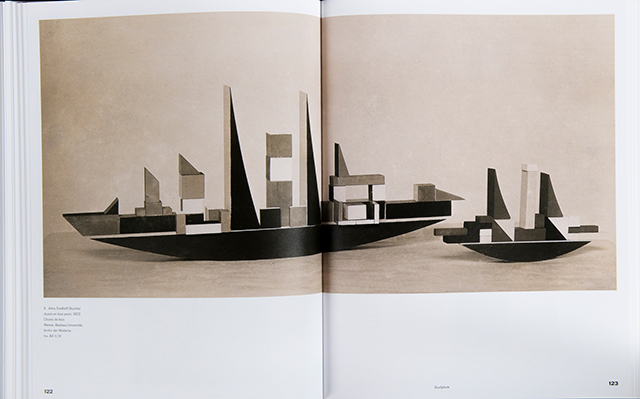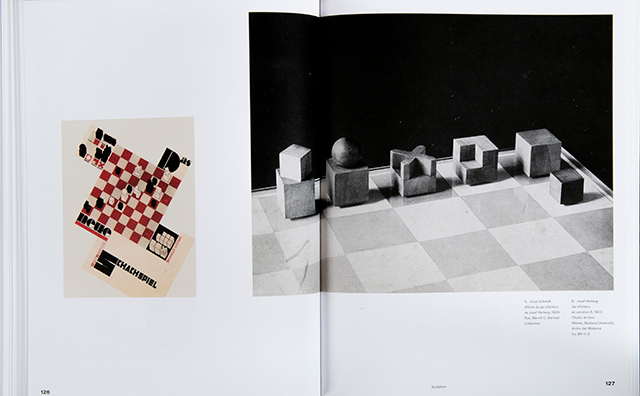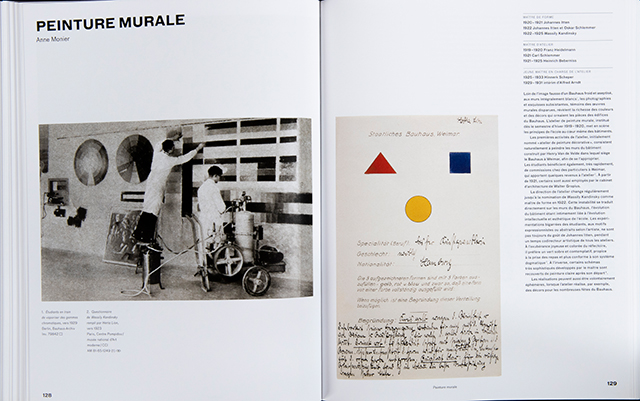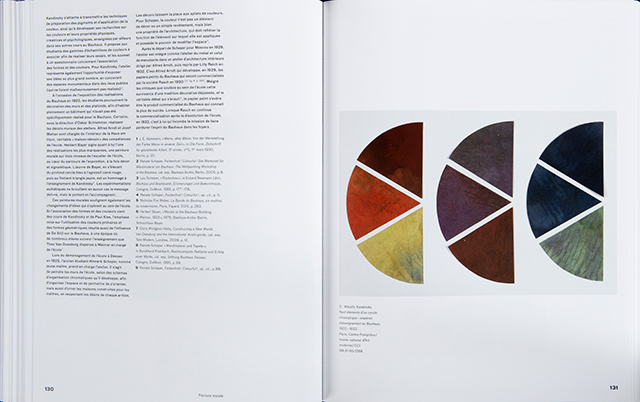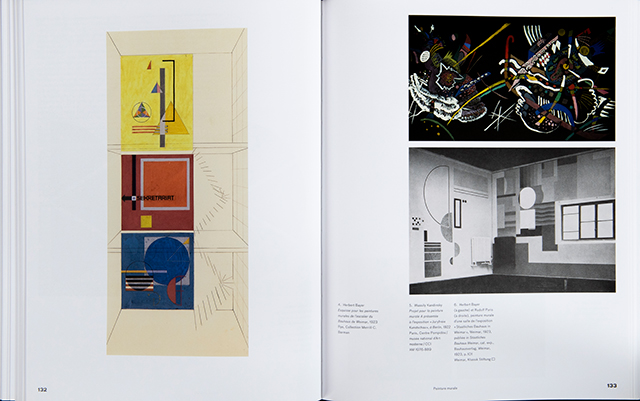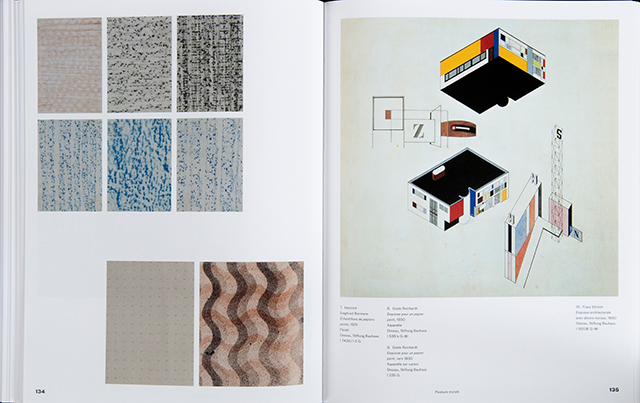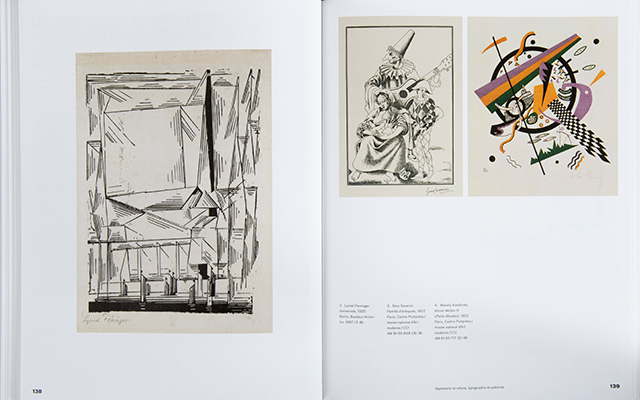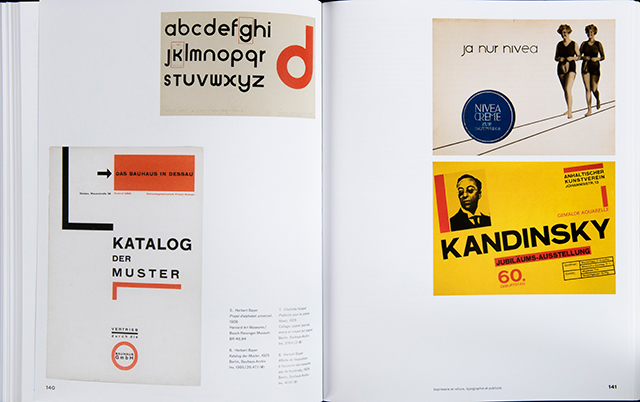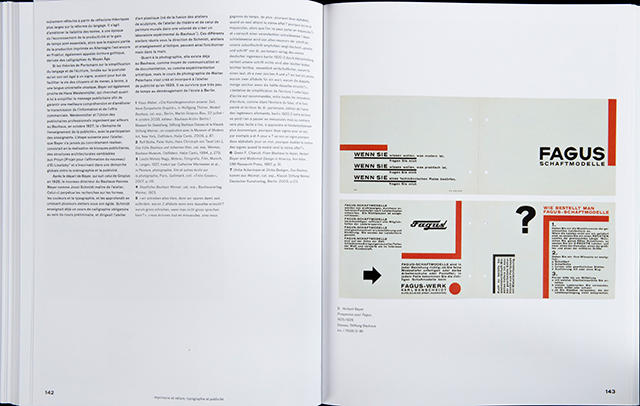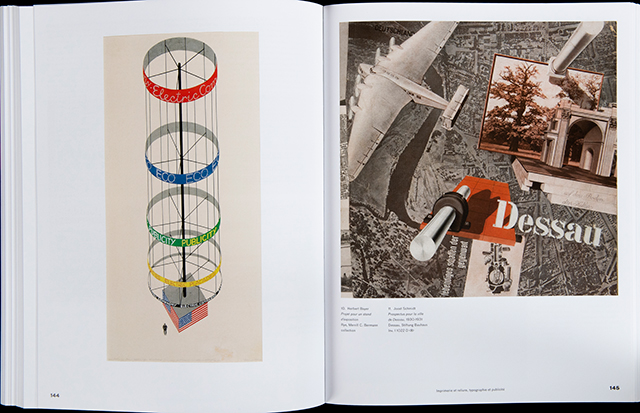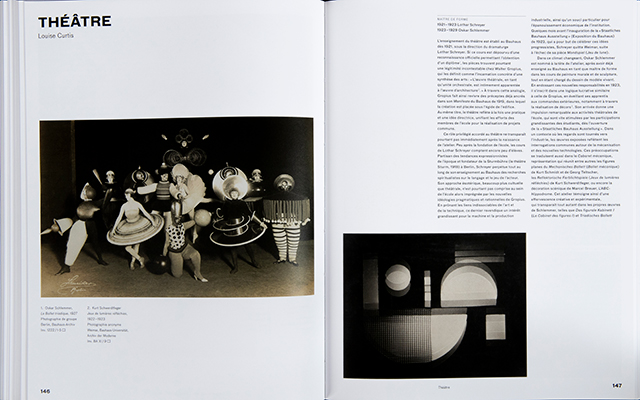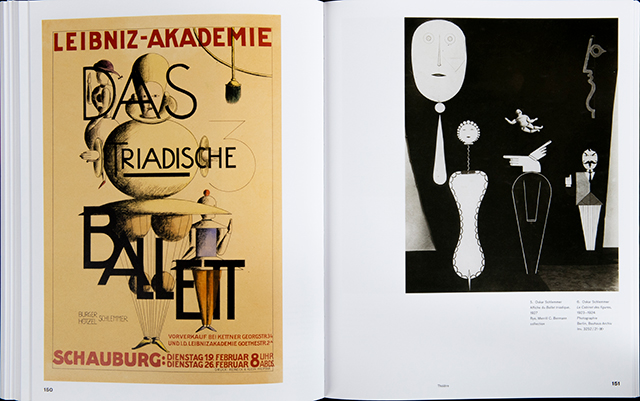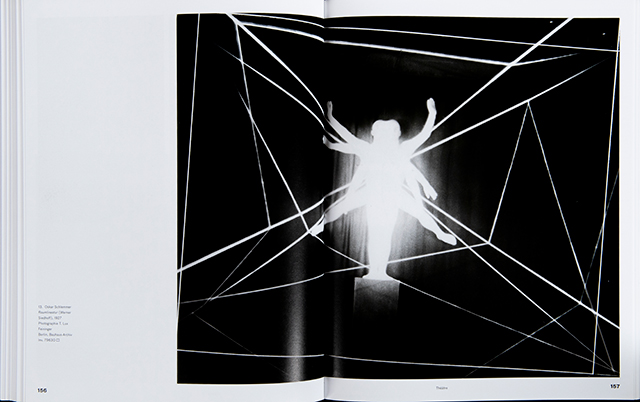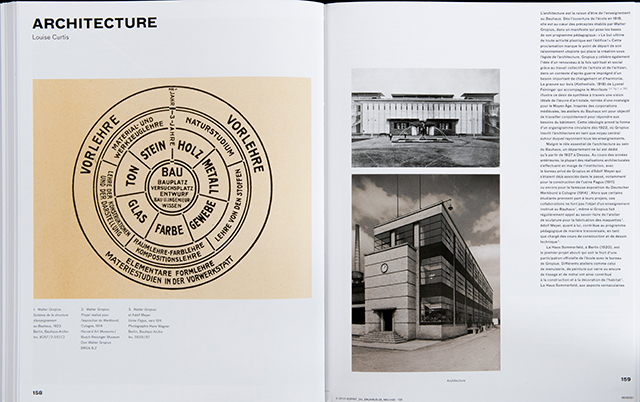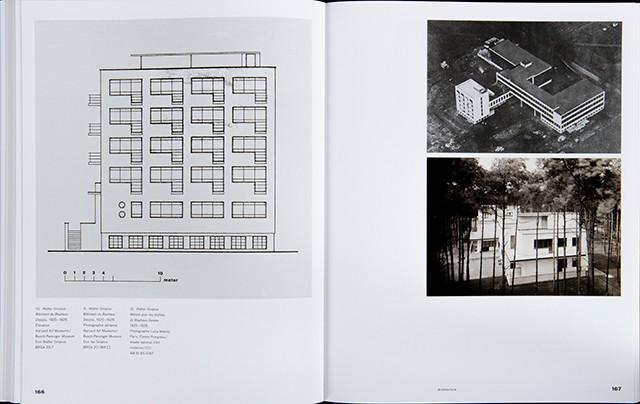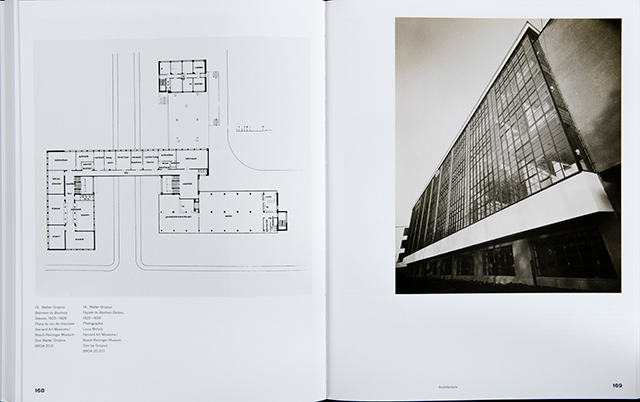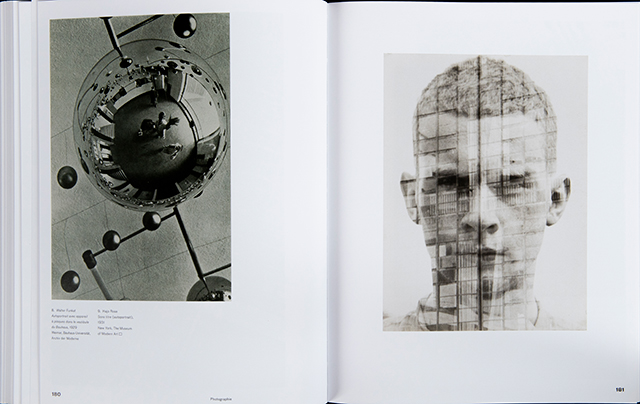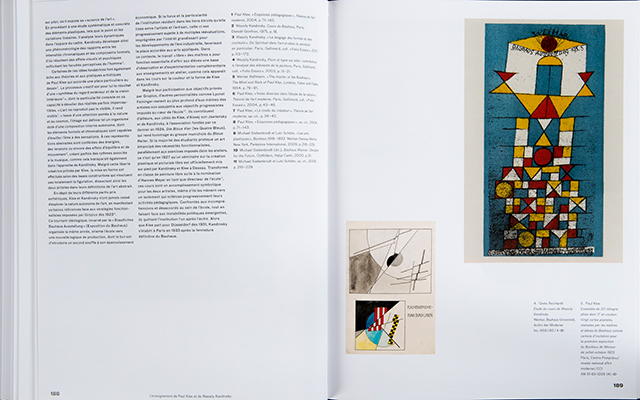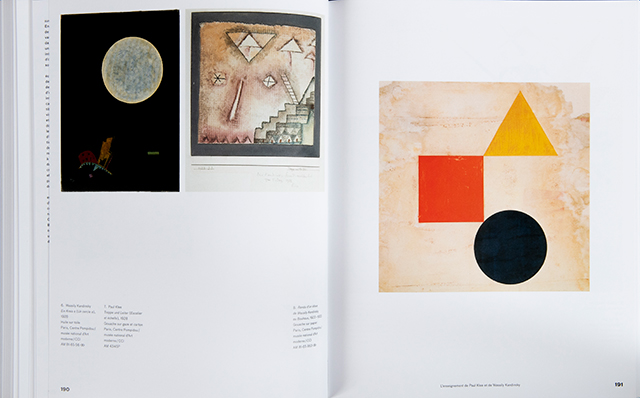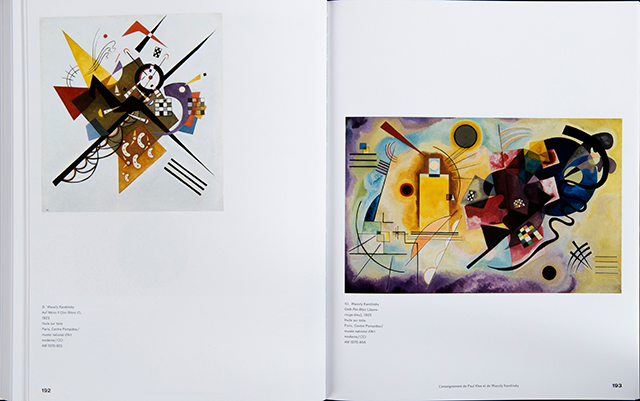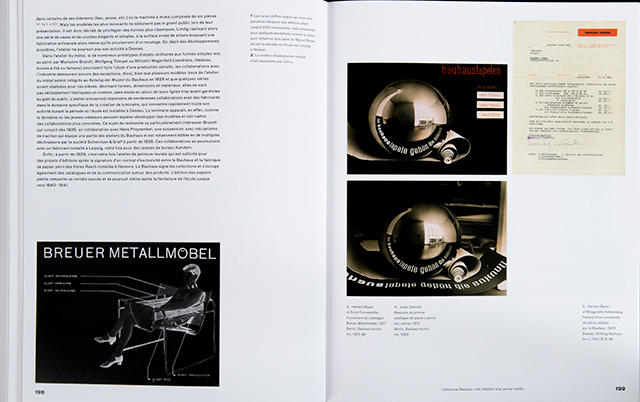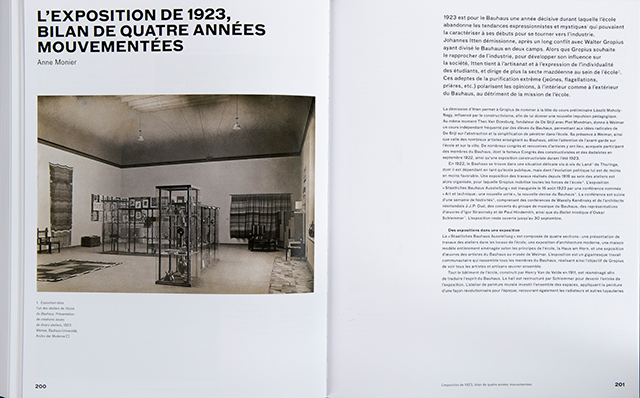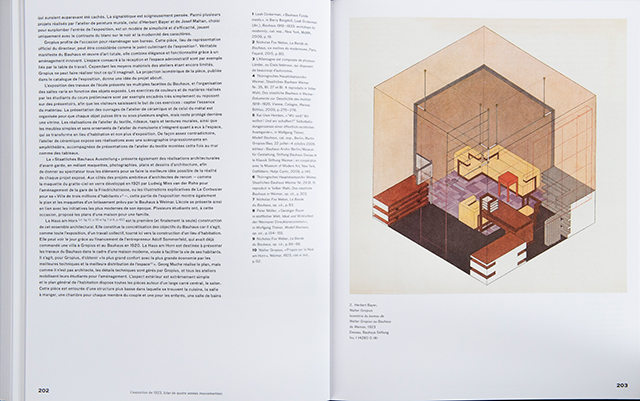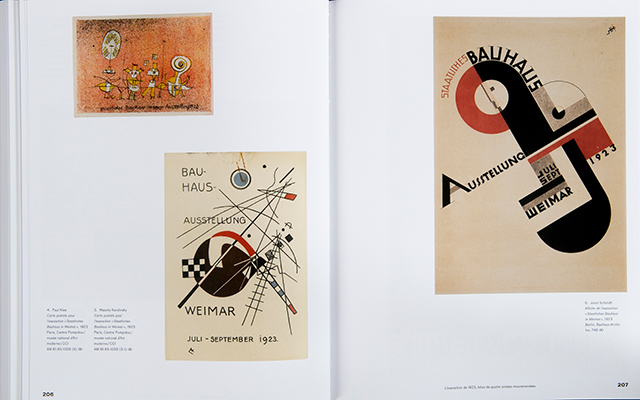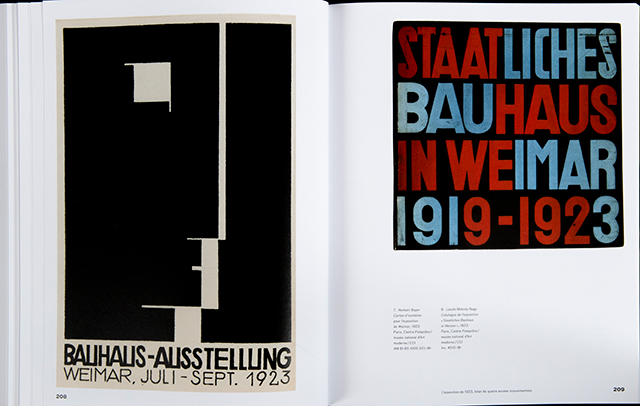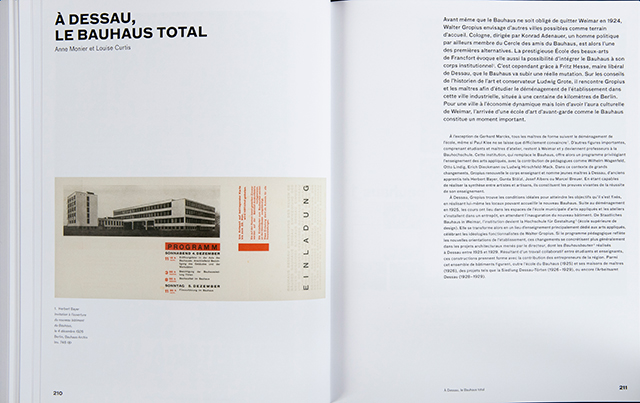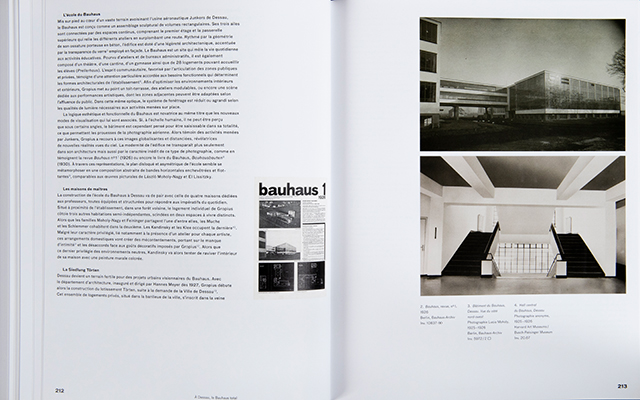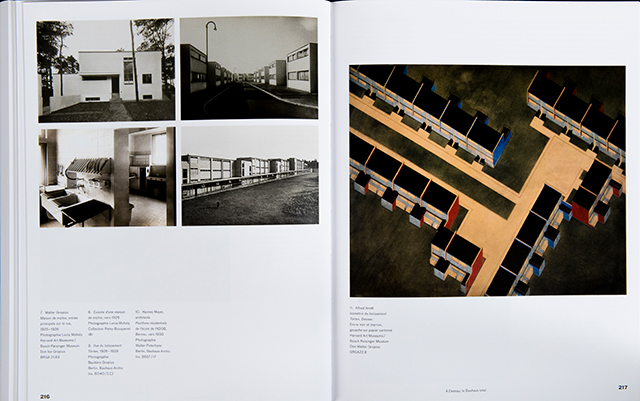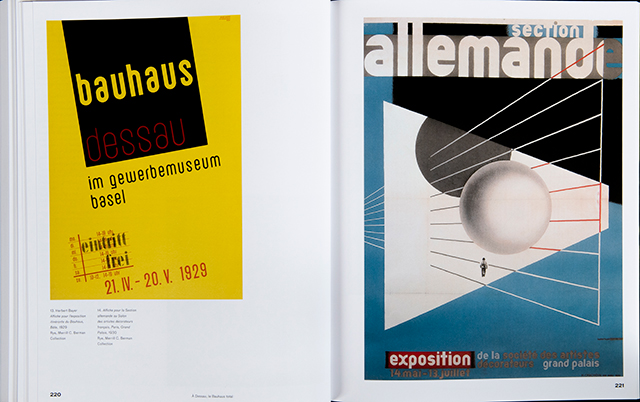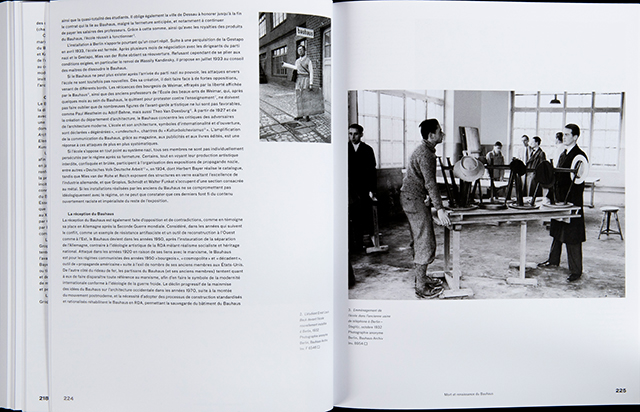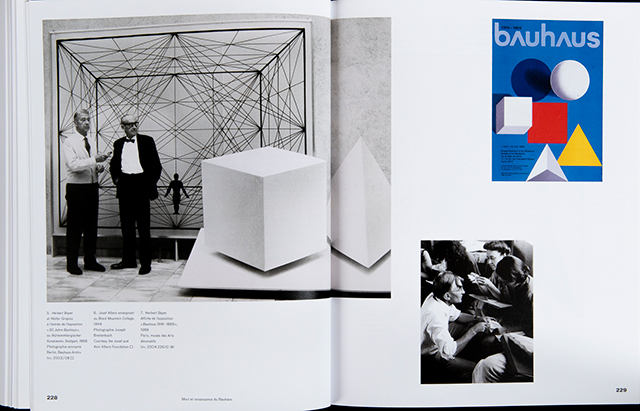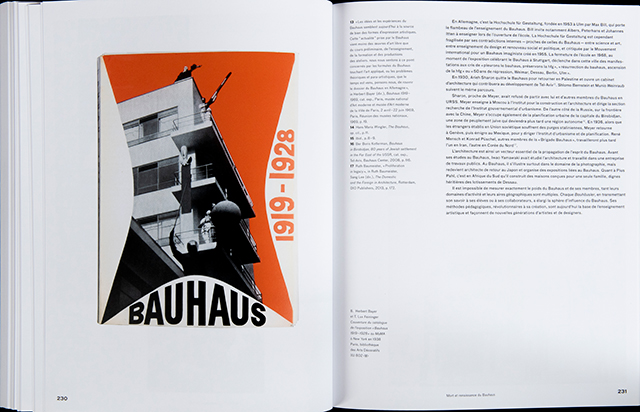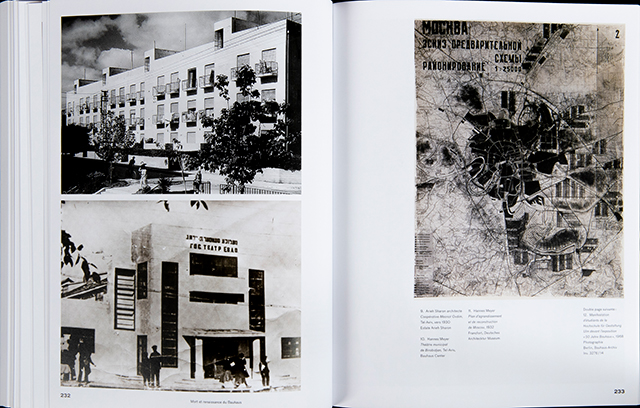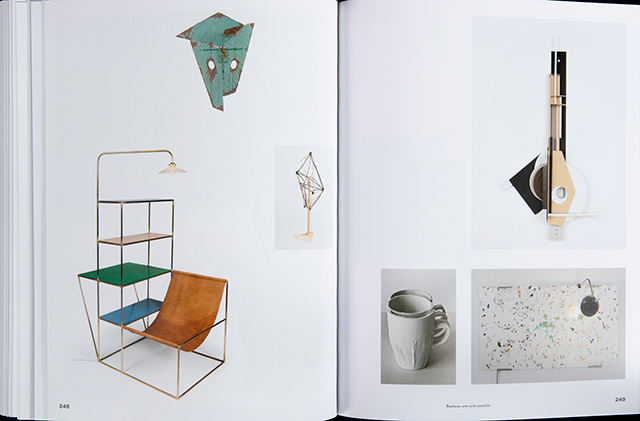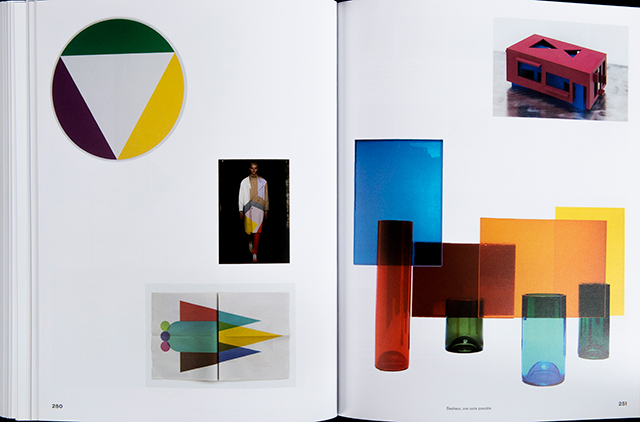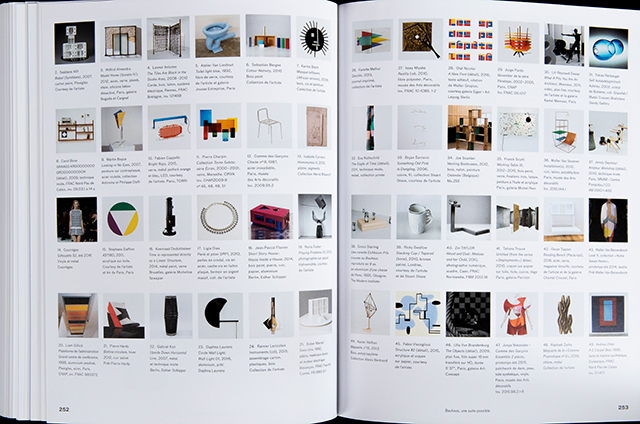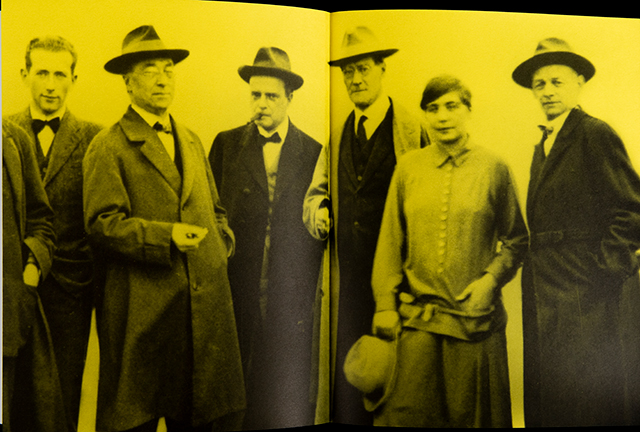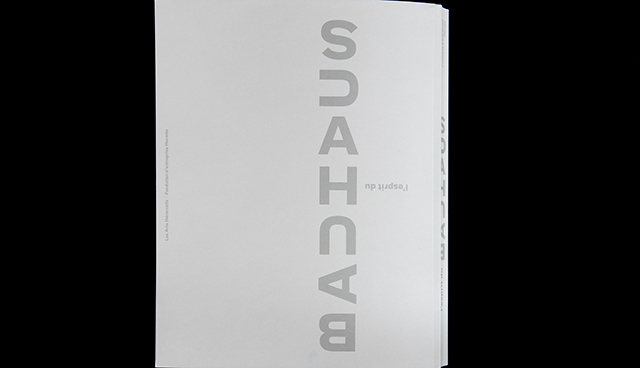Nous étions en juin-juillet l’été dernier. Nous apprenions au détour d’un article qu’Adobe, l’éditeur de logiciels multiplateformes pour le Son, l’Image, la Vidéo, le Web et l’Animation avait décidé d’honorer le 100e anniversaire de la naissance de l’école du Bauhaus en 1919.
J’étais assez excité de savoir qu’ils ont fait appel à une vieille connaissance, Erik Spiekerman pour qui je voue une immense admiration depuis une conférence à l’ATYPI à Hombourg en 76. Je connaissais déjà son travail pour la firme Berthold (quelle école de la rigueur), mais je l’ai ensuite, et bien plus tard, re-découvert dans d’autres circonstances.
Permettez cher lecteur de vous parler ainsi de cet immense typographe que je ne connais finalement qu’au travers de nos rencontres et de ce que je voyais et entendais de sa carrière. Dans le désordre. Je l’ai revu au début des années 90 lorsque nous lui avons rendu visite à Berlin dans sa célèbre Fonderie typographique numérique, Fontshop. La collection FontFont était brillante, toute la philosophie des polices de cette collection était tournée vers le renouveau des formes d’écriture et de titrage. Un peu la suite logique de ce que Zuzana Licko, graphiste Tchécoslovaque avait entrepris en Californie avec son compagnon Rudy VanderLans en fondant Emigre Graphics, une fonderie numérique indépendante des mastodontes d’avant l’Année 89. Cette année là Adobe par la volonté de son président John Warnock lança officiellement le langage Postscript© Adobe, qui devint le marqueur du début de l’ère numérique pour tous les métiers de l’image et du son).
Je me souviens de Michel Chanaud me racontant en 2007 une anecdote savoureuse. Il croisa Erik en 1989 dans un magasin à San Francisco, et celui-ci lui donna à voir une disquette 3,5″ sur laquelle figurait son futur caractère le Meta. Michel me dit «j’ai tout de suite su que cette typo allait faire un malheur»… Et il eut raison. Donc oui, le choix d’Erik Spiekermann pour conduire cet hommage à la naissance du Bauhaus n’est ni un hasard ni une erreur, c’est sans aucun doute la plus belle chose qu’Adobe pouvait entreprendre pour donner du sens à cette aventure.
Parlons de l’évènement lui-même.
Faire renaître quelques typographies cultes de l’ère Dessau du Bauhaus avec le concours de cinq typographes chevronnés:
Céline Hurka (*1995) grew up in Southern Germany and moved to the Netherlands to study graphic design at the Royal Academy of Art (KABK) in The Hague. She is expected to graduate with a BFA in the summer of 2019. Besides her studies she works on freelance projects in the cultural field, where she combines an interest in editorial design with emphasis on type design and photography.
Graphic and type designer Luca Pellegrini (*1989 in Lugano, Southern Switzerland) first graduated as technical industrial designer in 2012. Not satisfied, he decided to study visual communication and graduated in 2016. He fell in love with typography during his BA thesis that focuses on reviving a handwritten alphabet by Xanti Schawinsky, designed in 1932. His project received top grades and an award for best thesis in graphic design of 2016. In 2017 he moved to Amsterdam for an internship at Mainstudio. The same year he made a last study effort and applied to University of Art and Design / ECAL to attend the MA in type design. Luca is now based in Lausanne, approaching the second and last year of this program.
Elia Preuss (*1992 in Bochum, Germany) grew up in the Ruhr Area. He studied communication design at Folkwang University of the Arts in Essen and concluded his studies with a BA project on type design concerning children’s acquisition of the written language in primary schools. After a year of work for the Smile agency in Essen, he applied for the type design class at HGB Leipzig, supervised by Stephan Müller and Fred Smeijers. He has been a student there since fall 2017.
Hidetaka Yamasaki (*1993 in Japan) is currently a MA Typeface Design student at the University of Reading. He has been working on typeface design since he participated in Luc(as) de Groot’s seminar at University of Applied Sciences Potsdam in 2013. His focus lies on non-native scripts, mainly Latin. From time to time he translates art and design literature from German and English into Japanese, utilizing his academic background in art history and æsthetics, including the Japanese edition of Jost Hochuli’s Detail in typography. He completed an internship at Monotype’s Berlin office in 2015, former FontShop, founded by Erik Spiekermann.
Flavia Zimbardi is a type designer and visual artist from Rio de Janeiro, currently based in New York. From 2005 to 2013 she worked for some of the leading magazines in Brazil receiving recognition by the 9 th, 10 th and 12 th Brazilian Graphic Design Biennials, and was awarded with « Magazine of the Year » by Prêmio Abril de Jornalismo. Flavia is a graduate of the Type@Cooper Extended Program at the Cooper Union, and was the first Brazilian woman to have a typeface design—her graduation project « Lygia » —awarded by the Type Directors Club. In 2018 Lygia was also selected for the 8 th Latin American Typography Biennial, Tipos Latinos.
le résultat du travail de l’équipe réuni autour de E.S. ci-dessous
\\\\\\\\\\\\\\\\\\\\\\\\\
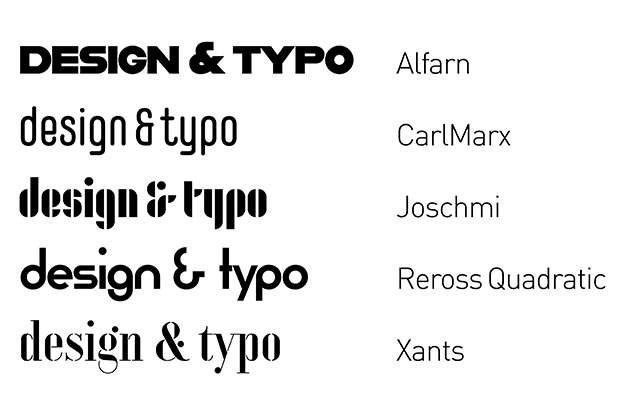
\\\\\\\\\\\\\\\\\\\\\\\\\
